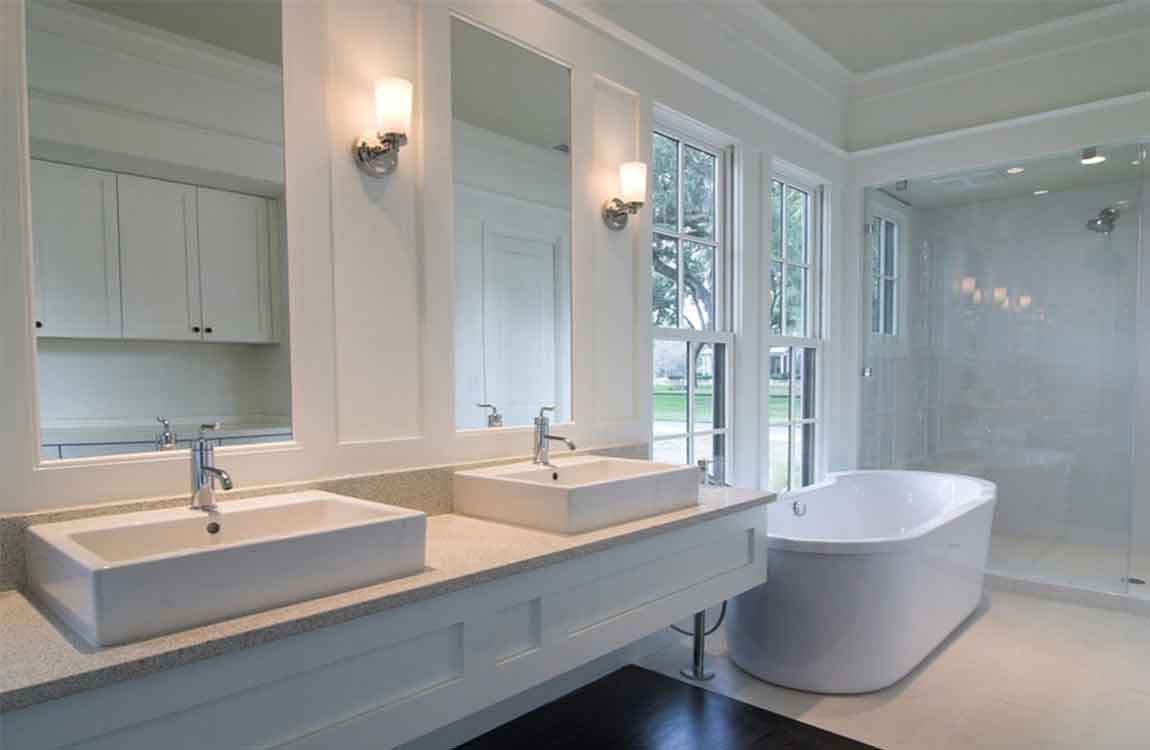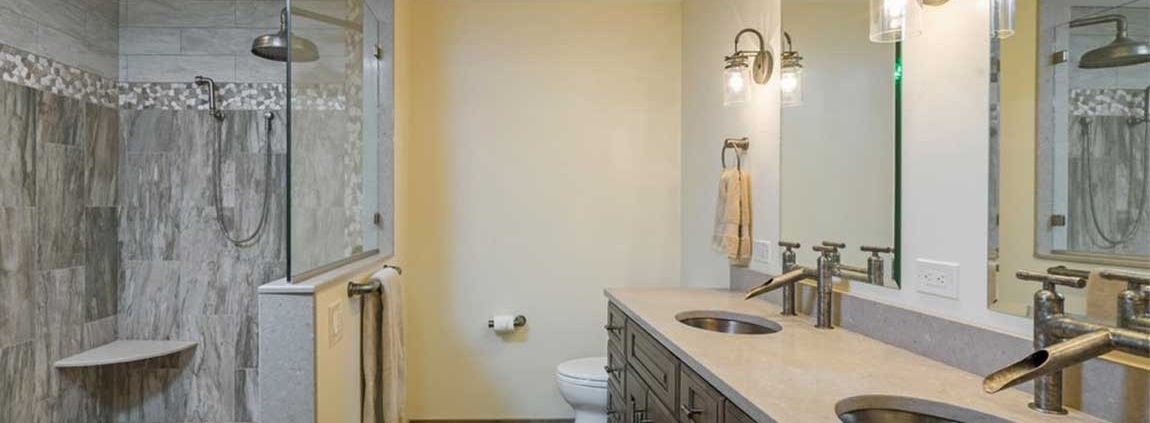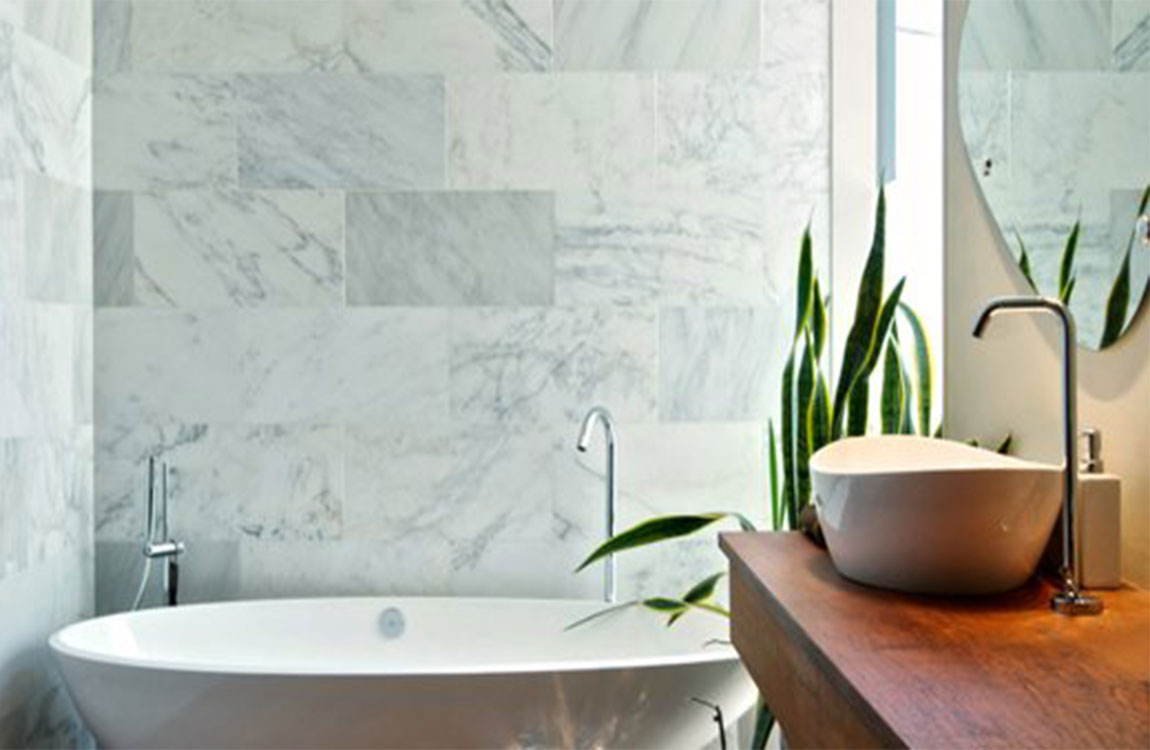How to Caulk a Bathtub?

Bathtubs require precise caulking to prevent water from seeping into the walls, which could cause serious damage. If the caulk around your bathtub is cracking, old, or just in need of an update, applying new caulk yourself is easy to do with a few tools from your local hardware store. Remove the existing caulk first, before setting a smooth, new layer to seal the seams for years to come.

Apply the caulk to the seam. Use a steady pressure on the application gun to carefully apply the caulk in the gap between the 2 strips of painter’s tape. Move the gun smoothly around the entire edge. It doesn’t matter if caulk gets on the tape, as you can easily peel this off after.

Keep the application gun moving at a steady rate that matches the speed of the caulk leaving the nozzle. This will ensure that the caulk isn’t too thin or thick. You can either pull the gun towards you or push it away from you as you apply the caulk. It works the same either way, so stick with what is comfortable.

Smooth the caulk to form a concave shape. Dampen either a paper towel or a lint-free rag. Press it softly into the seam using your finger, and carefully run it along the caulk in one continuous line. Remove the painter’s tape. Peel away all of the strips of painter’s tape from around the bathtub.

This will remove any excess caulk and create a nice, straight line along the seam. Try and work as quickly as possible to remove the tape, as you also have to smooth the caulk again. Be as careful as possible when removing the tape, and try not to let it touch the caulk seam.







